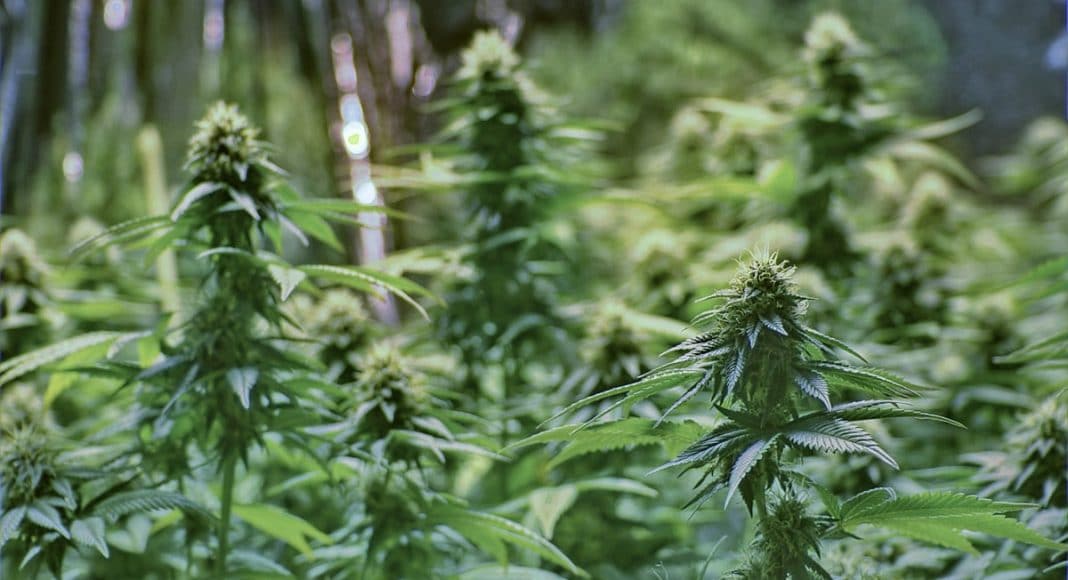For some residents in the coastal California town of Carpenteria, cannabis legalization stinks. Literally.
Now that marijuana is fully legal in the Golden State, some locals report a thick, skunk-like odor emanating from the cannabis plants that settles over the valley in the evenings and before dawn.
“We don’t want a marijuana smell,” said Xave Saragosa, a 73-year-old retired sheriff’s deputy who was born and raised in the town and lives near a greenhouse that grows marijuana. “We want fresh air.”
According to an Associated Press report:
Carpinteria, about 85 miles from Los Angeles, is in the southeast corner of Santa Barbara County, a tourist area famous for its beaches, wine and temperate climate. It’s also becoming known as a haven for cannabis growers.
Carpinteria, about 85 miles (137 kilometers) from Los Angeles, is in the southeast corner of Santa Barbara County, a tourist area famous for its beaches, wine and temperate climate. It’s also becoming known as a haven for cannabis growers.
Toni Stuart, an 80-year-old retired Episcopal priest, said the scent doesn’t creep into the area near the beach where she lives, but she worries about the community changing. “I would not like Carpinteria to be the ‘cannabis capital’ of Southern California. I like it the way it is. It’s a very quiet, unpretentious beach town,” Stuart told The Independent.
Only about 200 acres of the county’s farmland is devoted to marijuana, compared with tens of thousands sown with strawberries and vegetables, Dennis Bozanich, who oversees the county’s marijuana planning, told the AP.
RELATED: California Gubernatorial Candidate Could Spell Big Trouble For Marijuana
Carpinteria has long been known for being a leader in the cut flower industry. But the U.S. government granted trade preferences to South American countries in the 1990s to encourage their farmers to grow flowers instead of coca, the plant used to make cocaine.
“We have literally no carnation production in the United States any longer because South America grows them so cheaply,” said Kasey Cronquist, chief executive of the California Cut Flower Commission. “Farmers had to move crops, and that is what we have seen happen over time — they’ve gone to crops that are more valuable or more difficult for Ecuador and Colombia to ship.”


